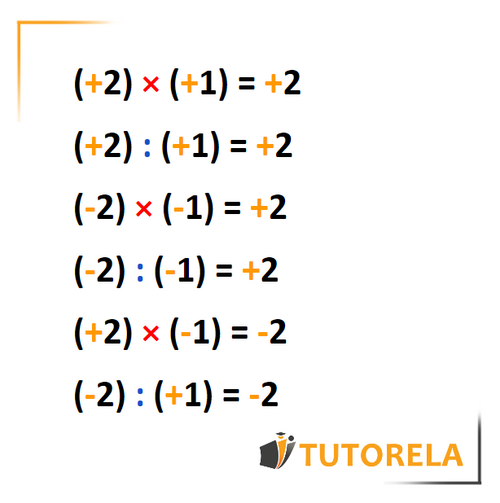The method to solve an exercise with real numbers, when it involves multiplication and division, is very similar to the one we use when we have to add or subtract real numbers, with the difference that, in this case, we must make use of the multiplication and division table that we learned in elementary school.
When we have two real numbers with the same sign (plus or minus) we distinguish two cases:

- The product (result of the multiplication) of two positive numbers will be positive. The quotient (result of the division) of two positive numbers will be positive.
- The product of two negative numbers will be positive. The quotient of two negative numbers will be positive.
- When we have two numbers with different signs, that is, one with the plus sign and the other with the minus sign, the result of the multiplication or division will always be negative.
